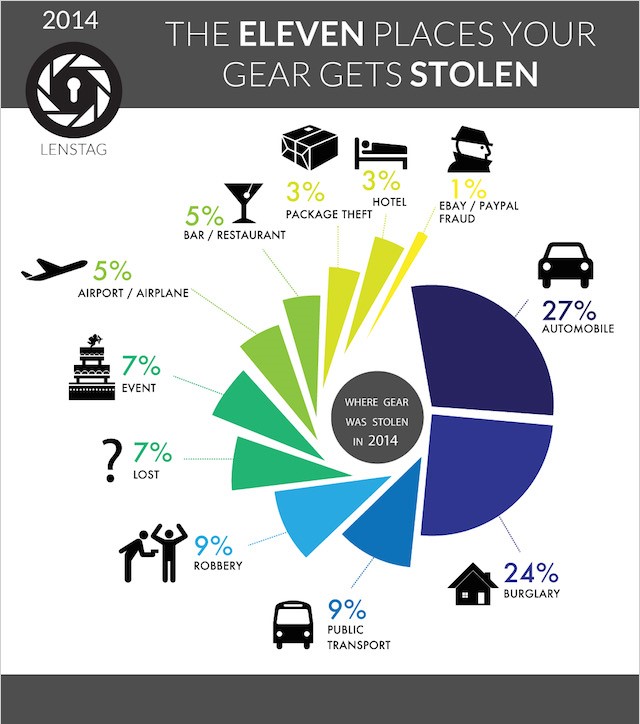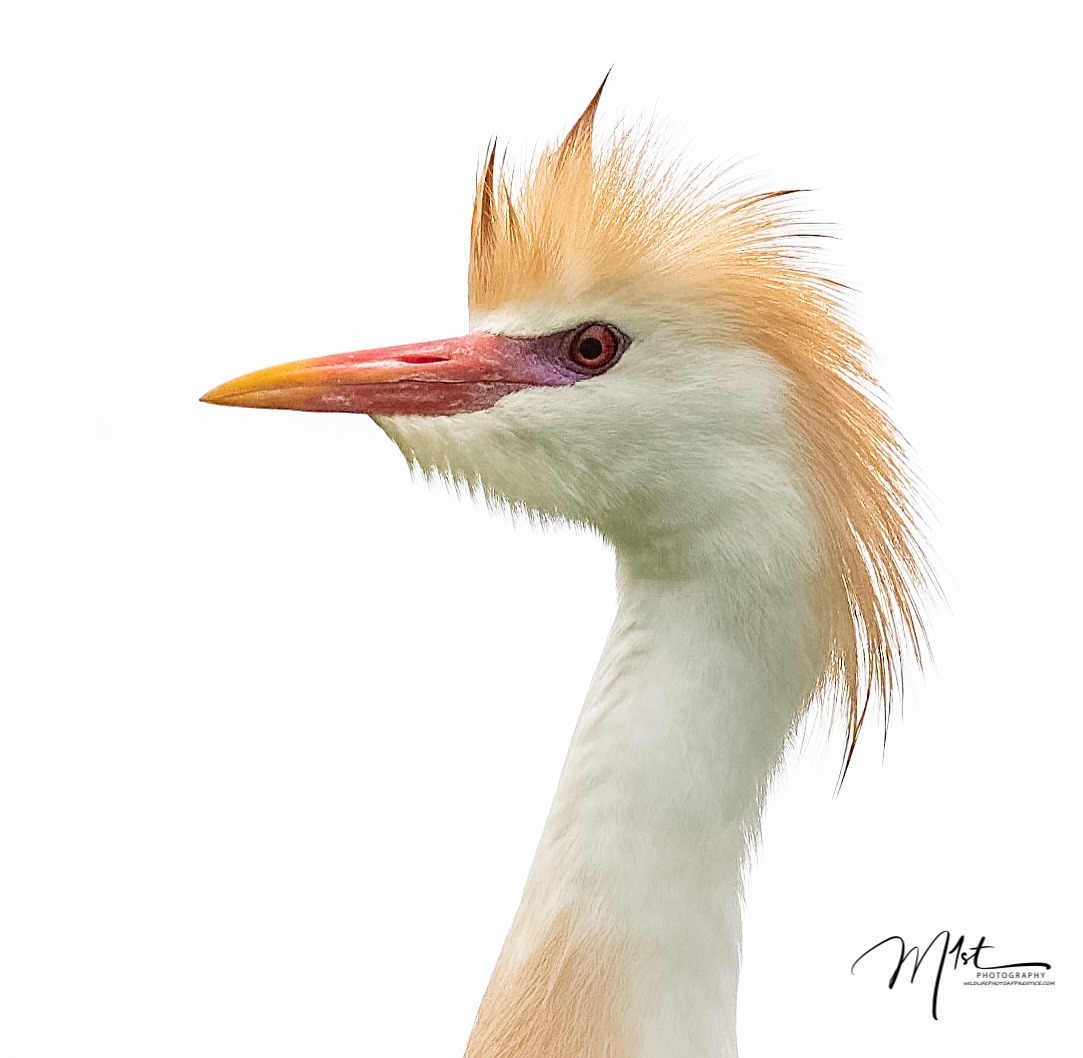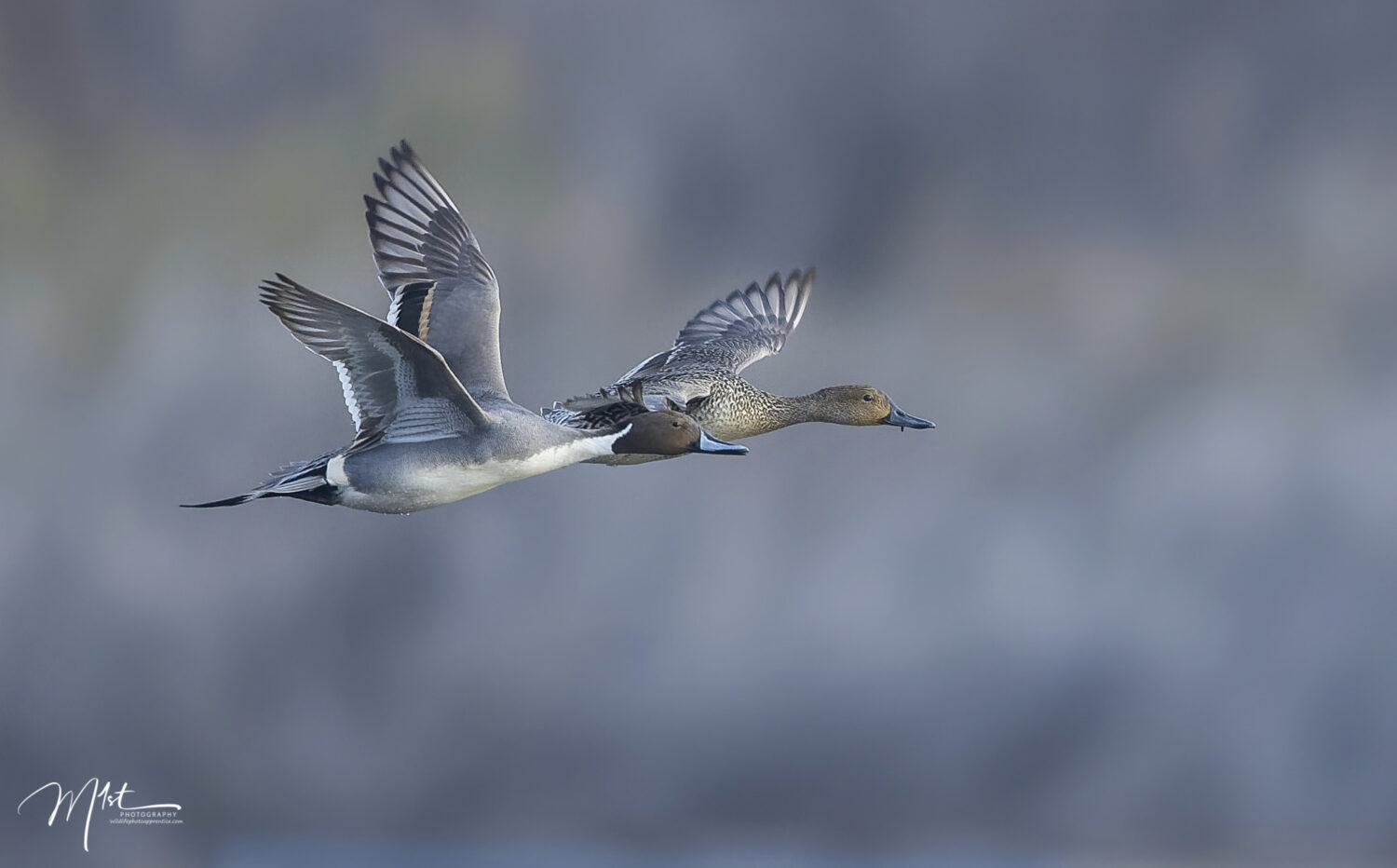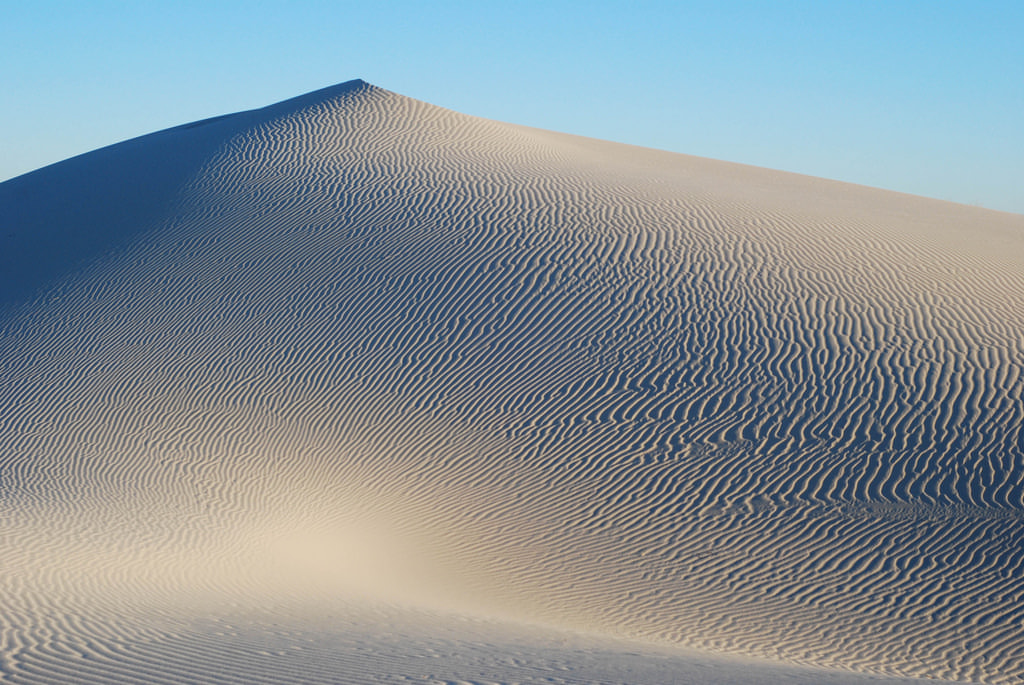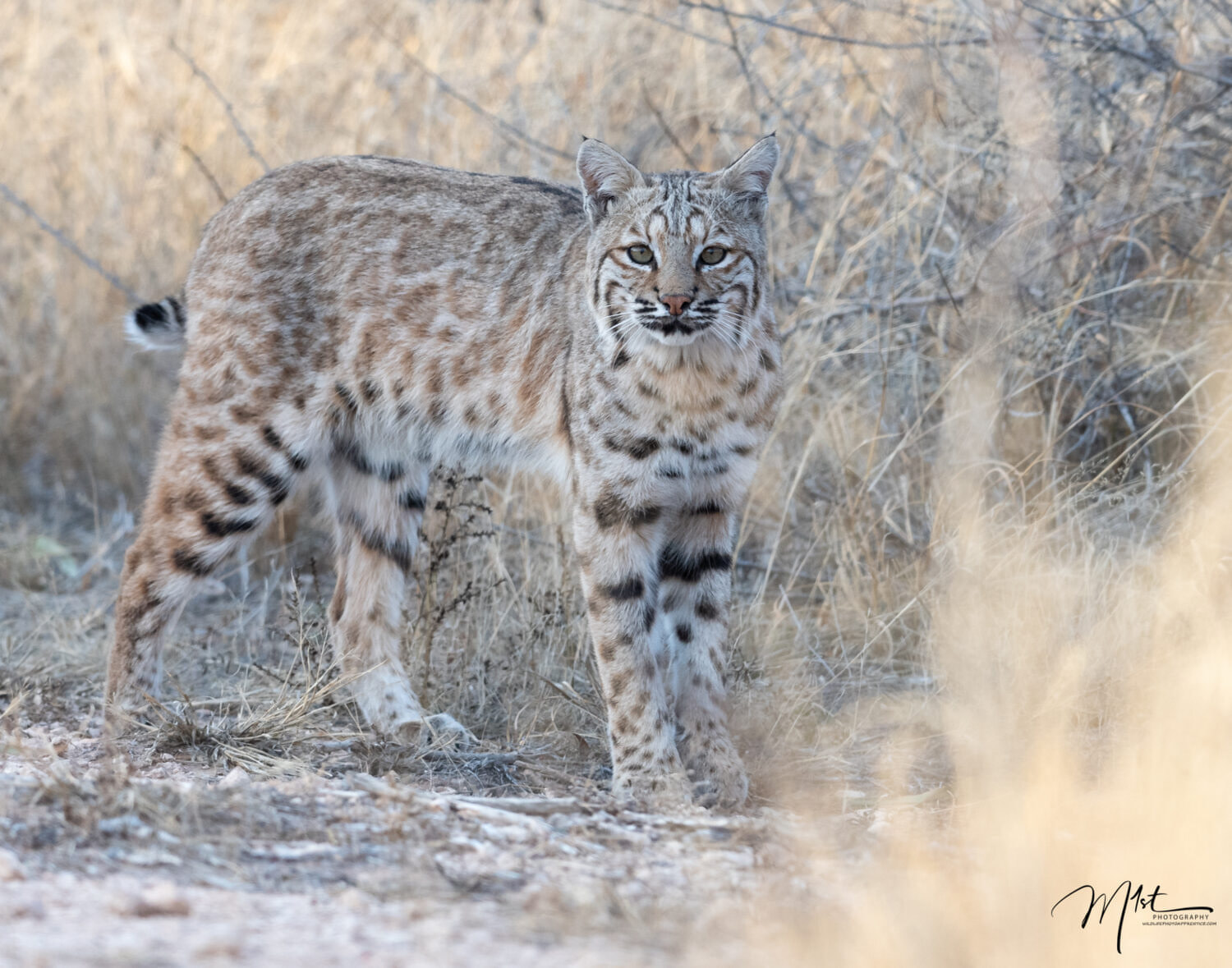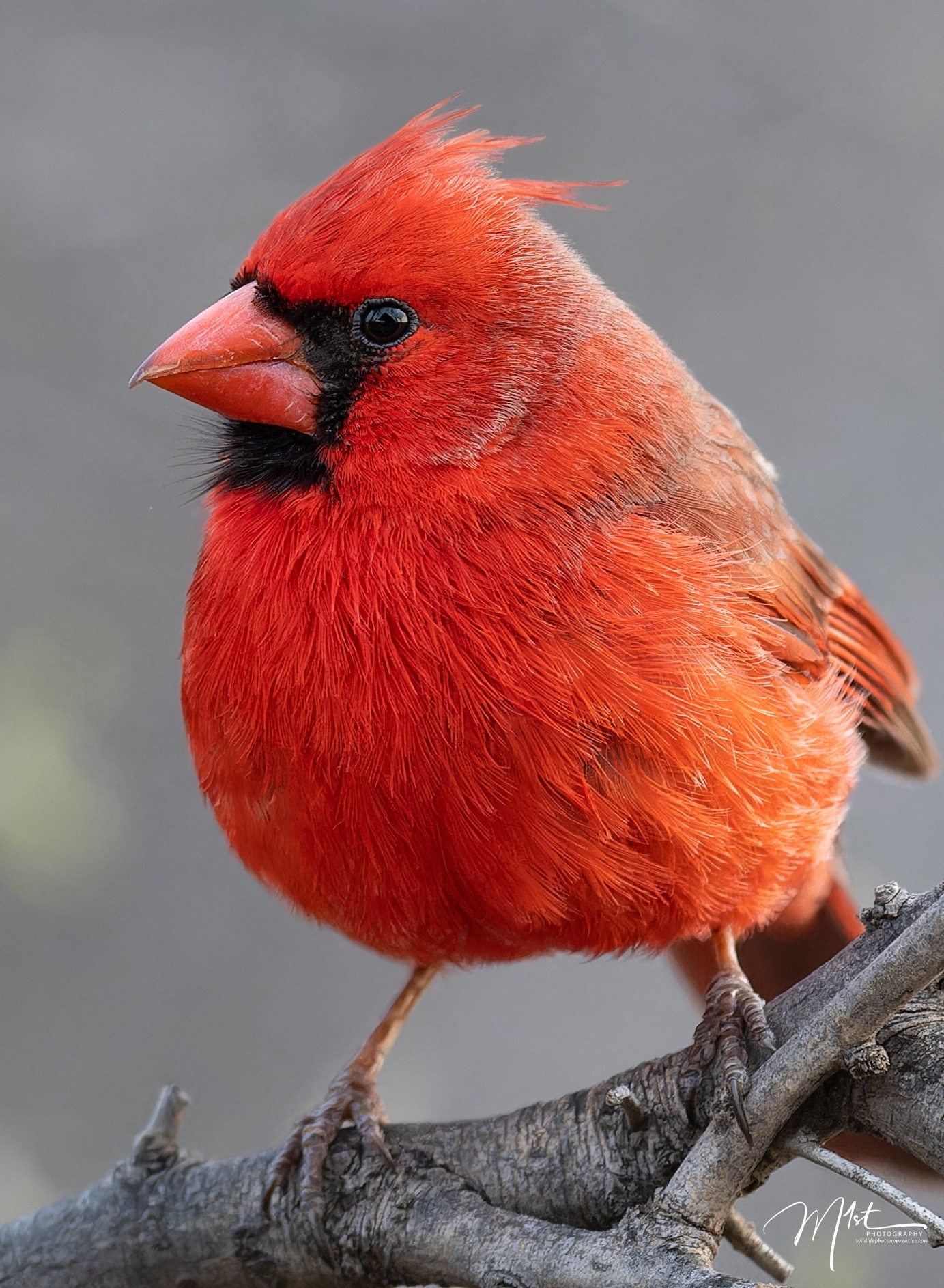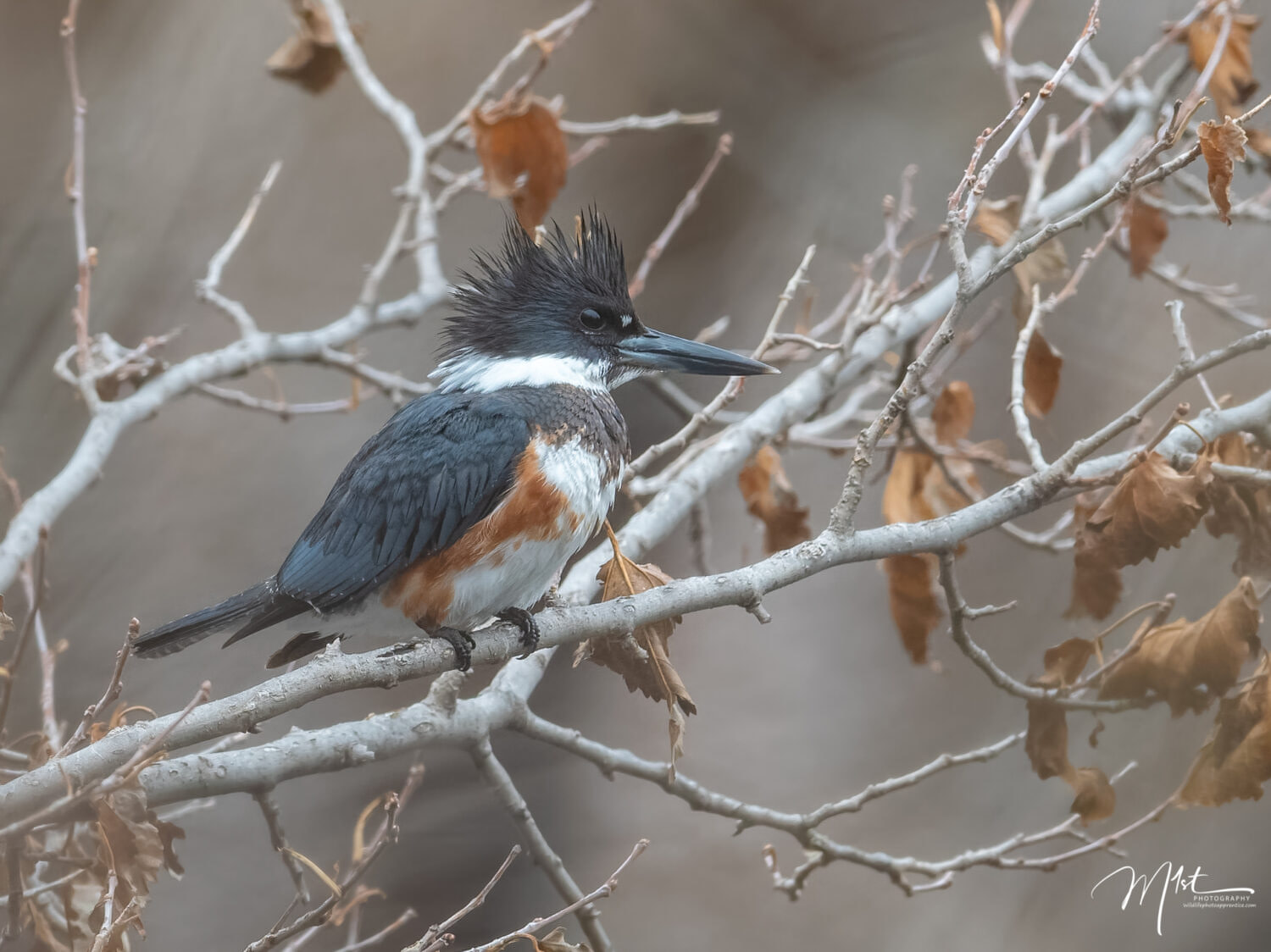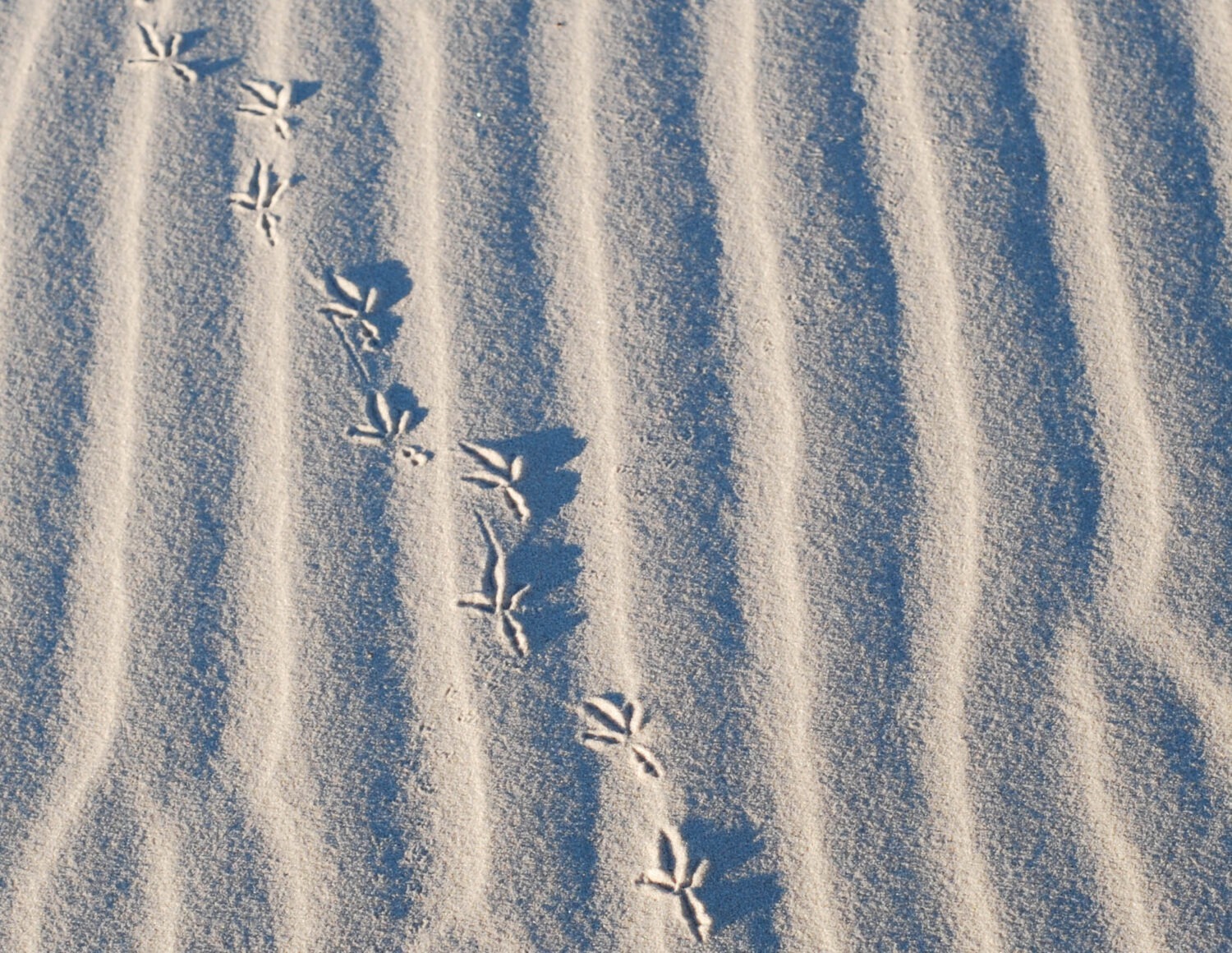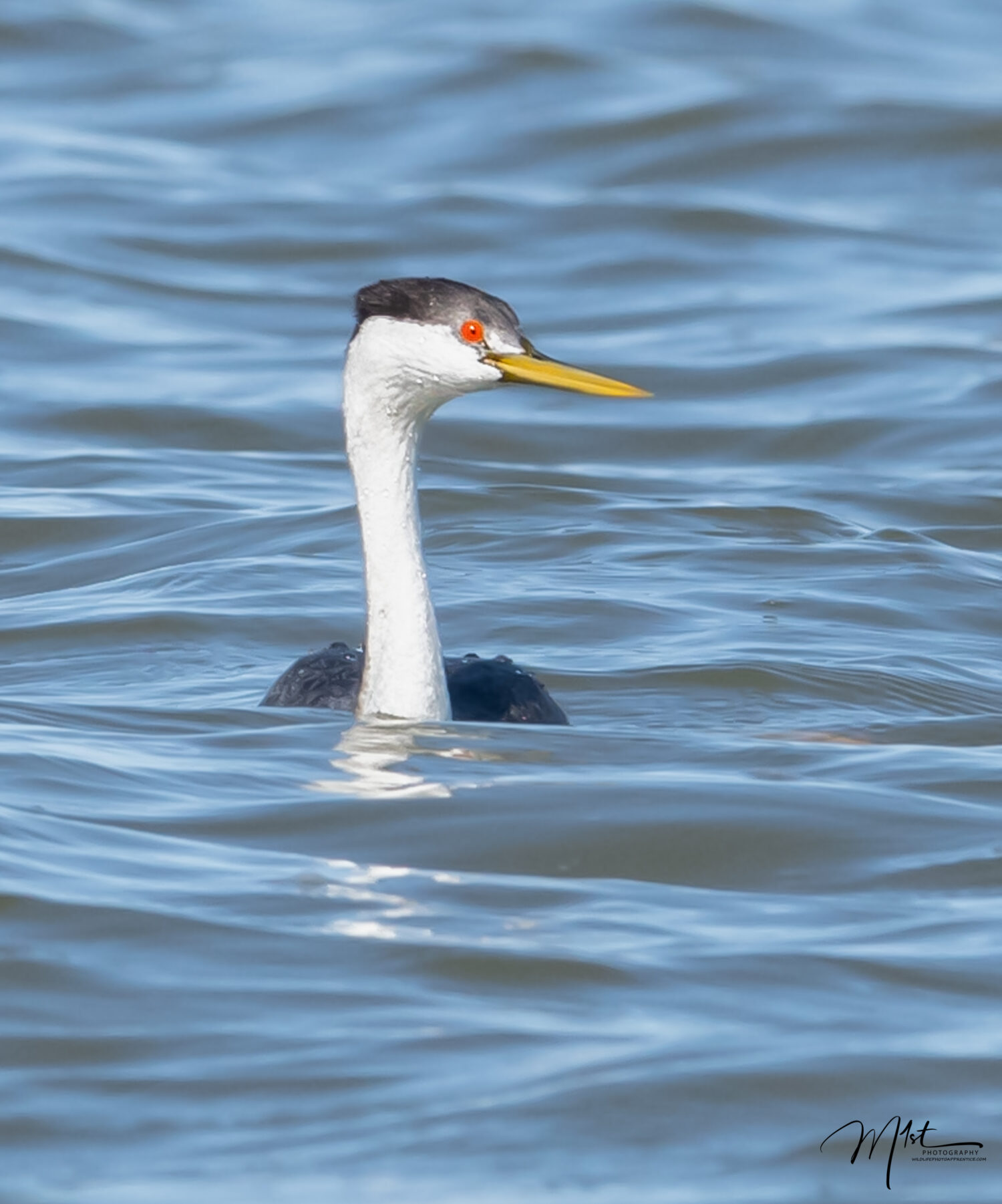In Wildlife photography, the value of our camera gear extends far beyond its monetary worth; it encompasses the memories and stories we capture as well. Unfortunately, the threat of theft looms over photographers both at home and on the road, posing a potential loss of not just equipment but those irreplaceable moments. Whether you’re at home, driving to a scenic location, or venturing abroad, ensuring the safety of your camera gear is essential. The average burglar takes less than a minute to break into your home and only 8 to 12 minutes to get out again. This blog will discuss practical tips and strategies to safeguard your camera gear at home, when you travel, while you transport it in your car, and while you shoot on location. By implementing these measures, you can minimize the risk of theft, damage, and loss, allowing you to focus on capturing stunning images without worry.
